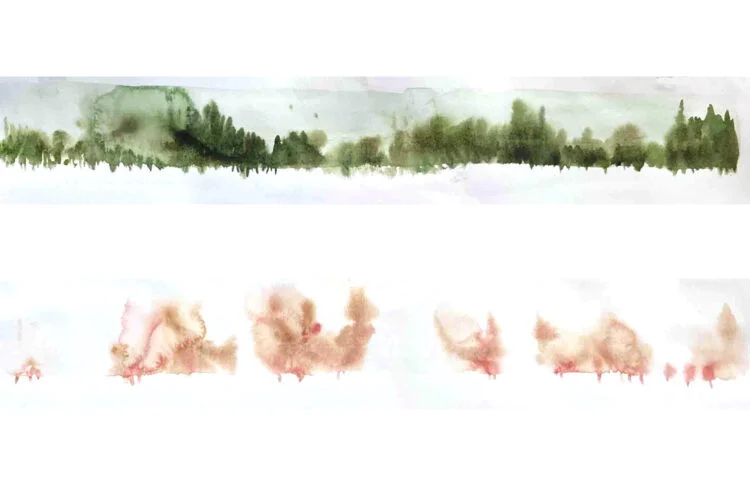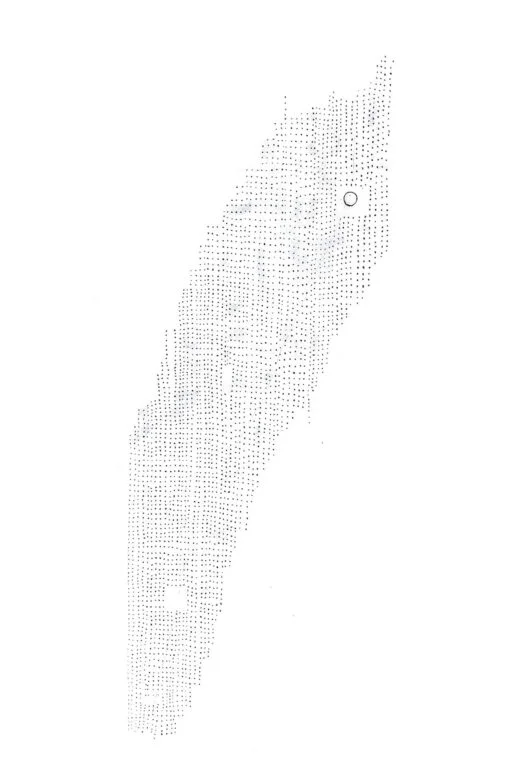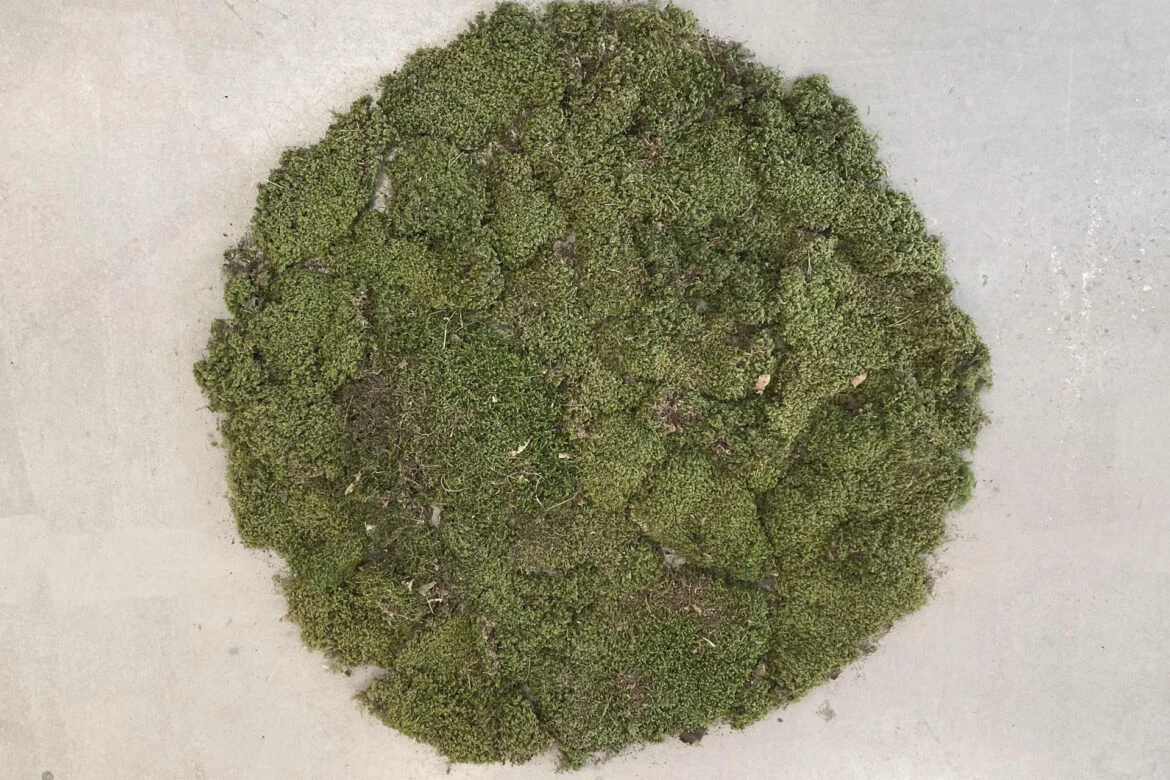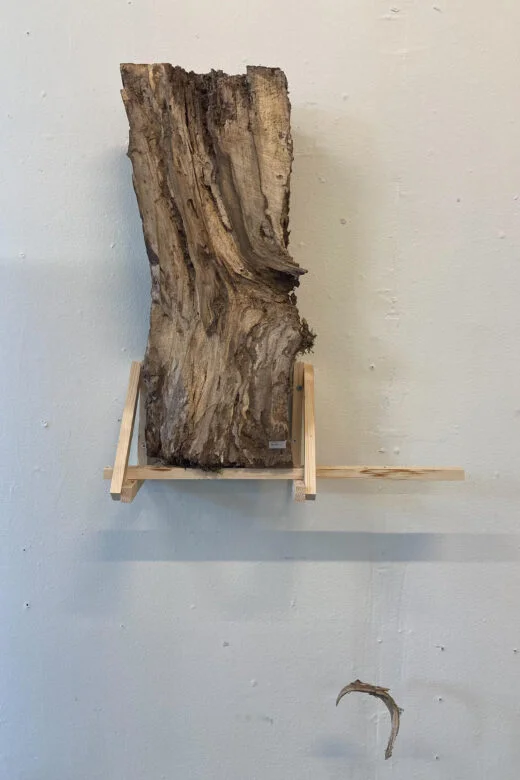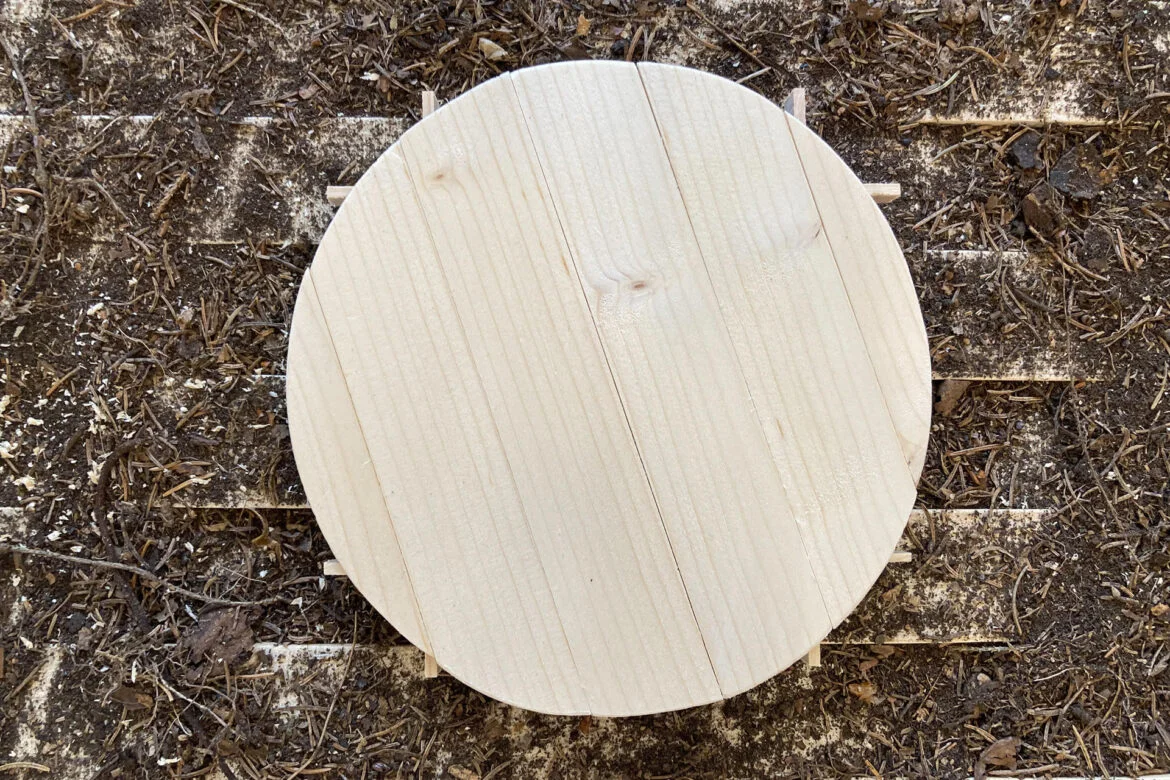The way in which humans think about the forest is still largely related to an assumption of the passivity of the forest as a resource to extract form, at its best to carefully manage and maintain. There is nevertheless a growing sensitivity that acknowledges the complex vitality of forests and environments and encourages humans to encounter them as equals: “One way to stop seeing trees, or rivers, or hills, only as ‘natural resources’, is to class them as fellow beings – kinfolk” (Ursula K. Le Guin). The former forester Peter Wohlleben shares his knowledge in the book ‘The Hidden Life of Trees’ detailing the social and sensuous network of trees. As well as Eduardo Kohn who tries to re-image our relationship to a larger living world. In his book ‘How Forests Think’ he describes the forest as a nurturing system that provides us and the trees with ethical orientations. His work pushes the notion of ‘self ’ towards a complex ‘us’ that involves all species on the planet. These are just three references that show there is a different way of perceiving this world, we live in. The forest not only as an environment, a place for our actions and intervention, but primarily an organism that thinks and feels. With this picture in my mind, the project
explores the forest and aims to approach a humble, more sensitive relation with it. How can architecture be a tool to come closer to the thinking and feeling forest? Can the forest become a co- designer?
Throughout the process of research, investigation, and design, I am getting to know the forest better, I can feel the forest closer, and realise that there is a beautiful opportunity for an architect to become a tool, and instrument for the forest. To better understand the complexity of the forest, I first started to read and write about the different topics that could relate to the forest and human relations. The first research I dived into climate migration. I learned more about trees and found if fascinating how many similarities we share with them. By visiting a variety of different forests around Bergen, I learned to focus on the details. Collecting items, sketching,
observing every detail, from the forest floor to the bark, to the canopy, to other visitors along the journey, made me feel more and more attuned to the forest. Throughout the semester I have mapped and analysed the forest and it’s companions. Researching the history of our relation to the trees, facts about the state of forests in Europe and Norway, our wood consumption, lead me to the research of endangered species within the forest. In addition to examining the forest as an entity and as a result of my journey through the forest, I have focused more deeply on three sites within the forests of Bergen: A beechforest south of Bergen, a plantation forest north of Askoy, and a protected area close to the city centre. Each of these forests tells its own story, showing the diversity of the forest and allowing a divers approach for my final project.
This shapes ideas and spatial interventions that engage with the forest as a place to walk through, to protect, to repair, to extract resources from. The project dives into some of the differences, specificities, entanglements, and discontinuities of a series of (interconnected) forests around Bergen, the second largest urban area in Norway. 1/3 of the surface of Norway is covered by
forest, which can be classified as productive and unproductive; leaf, needle, or mixed forests; natural reserves or protected and unprotected areas. Inspired by the ecosystem of the forest, the project includes a series of interventions, installations, and architectures with(in) the forest, each coexisting with the trees, and designed not only for humans but also with other species in focus. These interventions are conceived as steps in a process of ‘attunement’ that potentially and progressively helps wanderers come closer to the forest. The steps can be seen also as both a sequence of gates and a series of ‘clearings’ – critical points of bio systemic encounter and intensity – at which many things happen and are encouraged to happen. Points at which a different ‘thinking’ surfaces, points at which opportunities to ‘hear’ and ‘feel’ the forest are enabled. At the same time, the project aims to explore a range of modes of operation through which architecture is not just tectonically and materially sensitive to the ecology of the forest, but also affectively attuned, attentive, and entangled with its life and the thinking embedded in it so that the forest becomes an active co-designer. The project proposes a series of structures and installations that create a journey through the forest and its complexities, progressively shifting human visitors’ moods and modes of attention as they move along a path connecting critical points in the forest and leading to a cluster of small buildings that house an alternative sawmill, a forest-thinking centre, and a place to stay. The farm buildings have been refurbished and designed ‘with‘ the forest. Local craftmanship, ancient timber skills, as well resource management and knowledge exchange meet with the peace of silent hospitality and grounded symbiosis.
